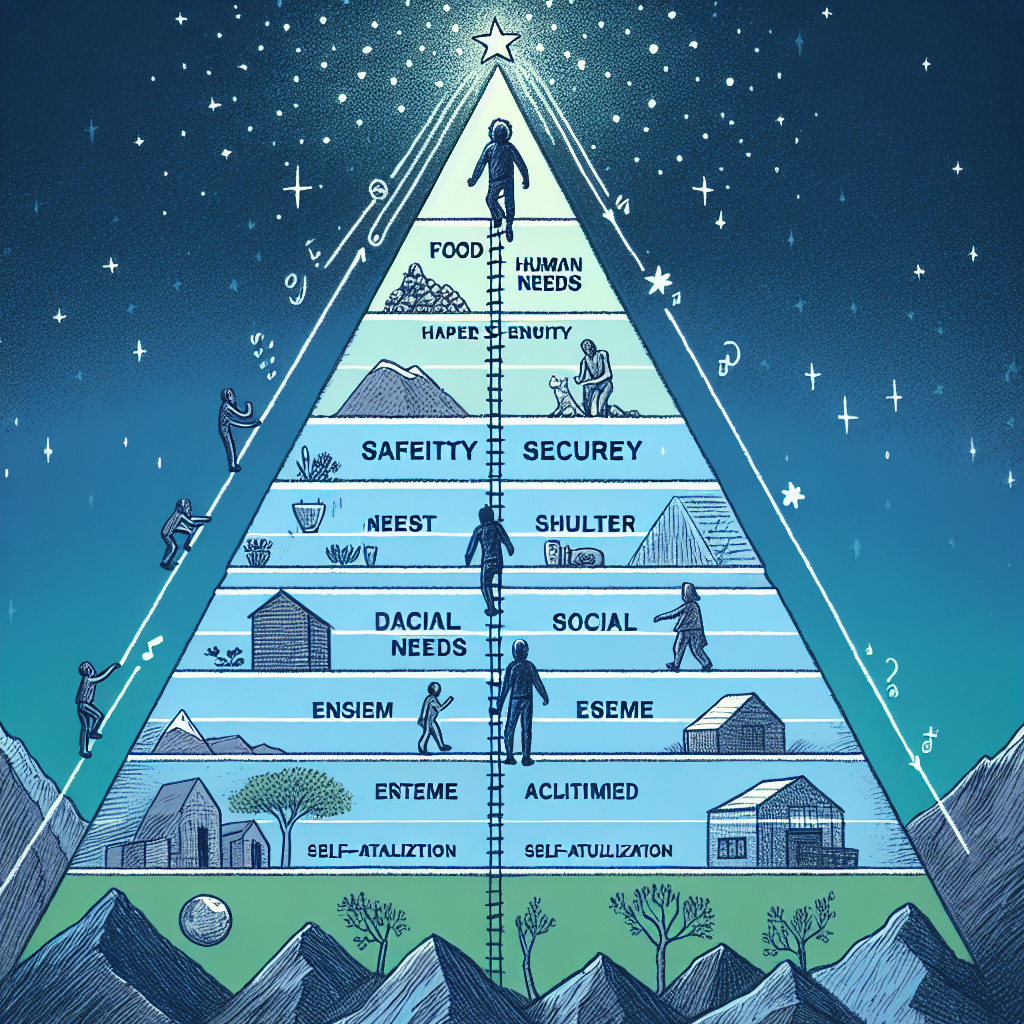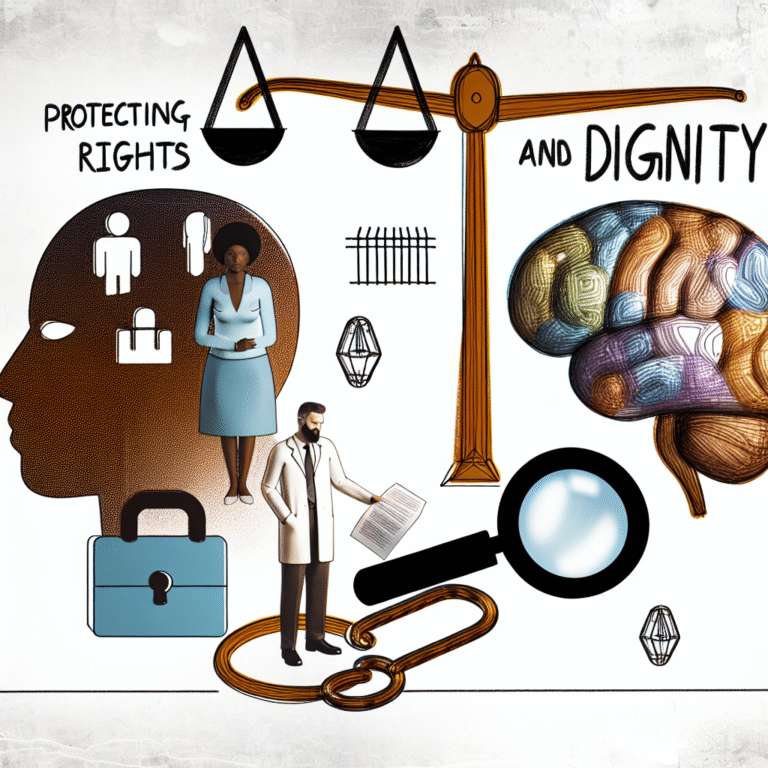
Climbing the Pyramid: How Maslow’s Theory Shapes Our Lives in Meaningful Ways
Introduction
In an age where personal fulfillment and well-being are intricately tied to our daily lives, Abraham Maslow’s hierarchy of needs presents a compelling framework for understanding human motivation. Climbing the Pyramid: How Maslow’s Theory Shapes Our Lives offers us profound insights into not only what drives us but also how we can create pathways toward actualizing our potential. This article delves deep into the nuances of Maslow’s theory, applying it to today’s rapidly changing world, ensuring that you leave with practical strategies to elevate your own life or the lives of others.
Understanding Maslow’s Hierarchy of Needs
The Foundation: Basic Needs
At the base of Maslow’s hierarchy are physiological needs—basic life requirements like food, water, and shelter. According to Maslow, until these needs are met, higher aspirations simply cannot take root.
| Need Level | Description |
|---|---|
| Physiological | Food, water, warmth, rest |
| Safety | Security, employment, resources |
| Love/Belonging | Intimacy, friends |
| Esteem | Prestige, feeling of accomplishment |
| Self-Actualization | Achieving one’s full potential |
Safety: The Next Step
Once basic needs are fulfilled, safety becomes the focus. This includes not just physical safety but also financial stability, health, and wellbeing. A healthy workplace and a secure environment enhance job satisfaction and can lead to personal growth.
Love and Belonging: The Social Connection
As humans, we are social beings. Maslow emphasized that love, affection, and a sense of belonging are fundamental to psychological well-being. Nurturing these relationships can lead to better mental health and improved life satisfaction.
Esteem: The Need for Recognition
Esteem needs encompass both self-esteem and the esteem one receives from others. Achievements, recognition, and the feeling of accomplishment significantly contribute to a person’s sense of self-worth.
Self-Actualization: Reaching New Heights
Self-actualization represents the pinnacle of Maslow’s pyramid. It’s about realizing personal potential and pursuing personal growth, creativity, and fulfillment.
Real-World Applications of Maslow’s Theory
Case Study 1: Workplace Motivation
In a dynamic corporate environment, understanding Maslow’s theory can lead to better employee satisfaction. Companies like Google have long acknowledged that fostering a sense of belonging, providing opportunities for growth, and recognizing achievements lead to a highly motivated workforce.
Analysis:
Google’s emphasis on employee well-being showcases how Climbing the Pyramid: How Maslow’s Theory Shapes Our Lives can translate to a successful business model. By meeting the hierarchy of needs, companies can cultivate loyalty and productivity.
Case Study 2: Educational Institutions
Educational institutions have often utilized Maslow’s hierarchy to create conducive learning environments. For instance, programs that address students’ physiological and safety needs before delving into academic achievement focus on nurturing comprehensive student well-being.
Analysis:
By recognizing the layered needs of students, schools can improve engagement and learning outcomes, reinforcing the relevance of Climbing the Pyramid: How Maslow’s Theory Shapes Our Lives in educational leadership.
Case Study 3: Mental Health Initiatives
Mental health organizations frequently employ Maslow’s framework to guide their therapeutic approaches. Acknowledging that clients will struggle to achieve mental clarity without meeting their basic needs is fundamental to improving their mental health.
Analysis:
Programs addressing lower-tier needs before focusing on self-actualization have seen remarkably higher success rates. This illustrates the impactful nature of Climbing the Pyramid: How Maslow’s Theory Shapes Our Lives in mental health frameworks.
How Can You Climb Your Own Pyramid?
Setting Goals Aligned with Maslow’s Levels
Physiological Needs:
- Make a list of what you require daily to maintain physical health.
- Prioritize hydration, nutrition, and consistent sleep.
Safety Needs:
- Assess your financial health and create a budget.
- Look into insurance options for additional security.
Love and Belonging:
- Invest time in nurturing relationships with family and friends.
- Join community groups that inspire connection and support.
Esteem:
- List your achievements and set new professional or personal targets.
- Celebrate even small victories to improve your self-esteem.
- Self-Actualization:
- Pursue a passion project or learn a new skill that excites you.
- Set aside time for self-reflection to track your growth.
Conclusion
Climbing the Pyramid: How Maslow’s Theory Shapes Our Lives isn’t just an academic exercise; it is a practical tool for navigating our personal, professional, and social landscapes. By recognizing where we stand on the hierarchical ladder, we can identify actionable steps toward fulfillment and self-actualization. Implementing this understanding can lead to profound transformations that resonate not only within ourselves but also in those around us.
FAQs
1. What is Maslow’s hierarchy of needs?
Maslow’s hierarchy is a psychological theory that outlines a five-tier model of human needs, often depicted as a pyramid. The needs range from basic (physiological) at the bottom to self-actualization at the top.
2. How does Maslow’s theory apply to business?
By ensuring employees’ basic needs are met, companies can enhance job satisfaction and motivation, fostering a more productive and loyal workforce.
3. Can Maslow’s theory help in personal development?
Yes! Understanding where you are on the hierarchy can guide you in setting specific goals that lead to greater self-awareness and personal growth.
4. Is Maslow’s theory applicable in mental health?
Absolutely! Therapists frequently use Maslow’s framework to ensure basic needs are met before addressing deeper psychological issues, aiding in recovery.
5. How can I start climbing my pyramid?
Begin by assessing your current needs, set goals to fulfill lower-level needs first, and progressively move toward self-actualization by pursuing your passions and nurturing relationships.
By leveraging Maslow’s insights in various facets of life, you not only benefit personally but can also contribute positively to your communities, underscoring the transformative power of Climbing the Pyramid: How Maslow’s Theory Shapes Our Lives. As you embark on your journey through the pyramid, remember: every step taken is a step towards a more fulfilled and authentic life.
















